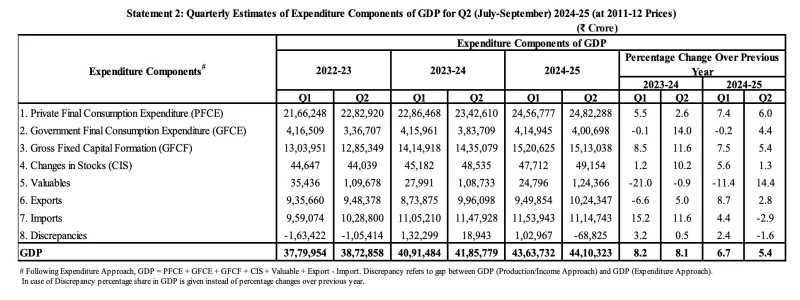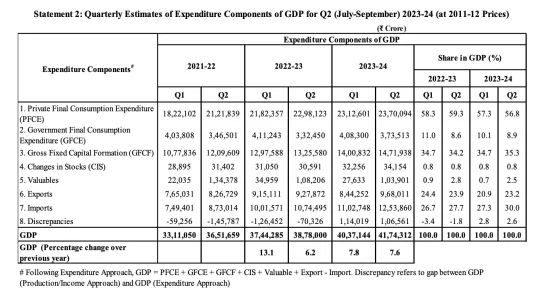- Joined
- Jul 1, 2024
- Messages
- 514
- Likes
- 5,027

End of mobile tower! Smartphone to now directly connect with satellite, big challenge for Mukesh Ambani, Sunil Mittal from......
Reliance Jio and Bharti Airtel use towers.www.india.com
India companies never invest on RnD, so they will face always
You should never trust news written by Indian news publication about Science and Technology. These bastards are after clicks not news. There is no satellite which can handle millions of users. If satellites can deliver internet then why do we have expensive Internet sea cables crisscrossing all across the globe?
Submarine Cable Map
TeleGeography's comprehensive and regularly updated interactive map of the world's major submarine cable systems and landing stations.
Satellites cannot handle that much of throughput. And most importantly since satellites are high above our atmosphere they produce a small latency making it difficult to deliver data speeds to vast number of people. SpaceX starlink was meant to provide internet to rural parts of US. US is very big country with most regions almost empty or with little less people. ISP's don't have a problem providing internet to dense urban regions, however laying infrastructure to rural parts to deliver internet is not financially feasible. That is where Starlink comes in.
What Starlink is doing is nothing new. There were companies which were already doing this except they were doing it at a small scale meaning they didn't have many satellites to deliver services to lot of people. With Starlink they have nearly 40,000 satellites which is huge. It kind of helps when your own rocket company is launching the service. The only customers to Starlink I see in India are the airline industry. There are already many airlines who are availing Starlink services in US. For ordinary users given our deep mobile internet penetration along with broadband which have improved over years, I see this service is useless for them. Having said that Airtel is not sleeping, they have a company called Oneweb which does exactly that and Jio isn't far either.
Global Satellite Services
Leverage Airtel's satellite internet connectivity solutions to build redundancy, wherever you are. Reliable high-speed network designed to keep your business connected at all times.

Satcom Showdown: Jio-SES vs Airtel-OneWeb vs Elon Musk’s Starlink
NEW DELHI: The eighth edition of India Mobile Congress 2024 in Delhi concluded recently, not only showcasing cutting-edge telecommunication technology but also





